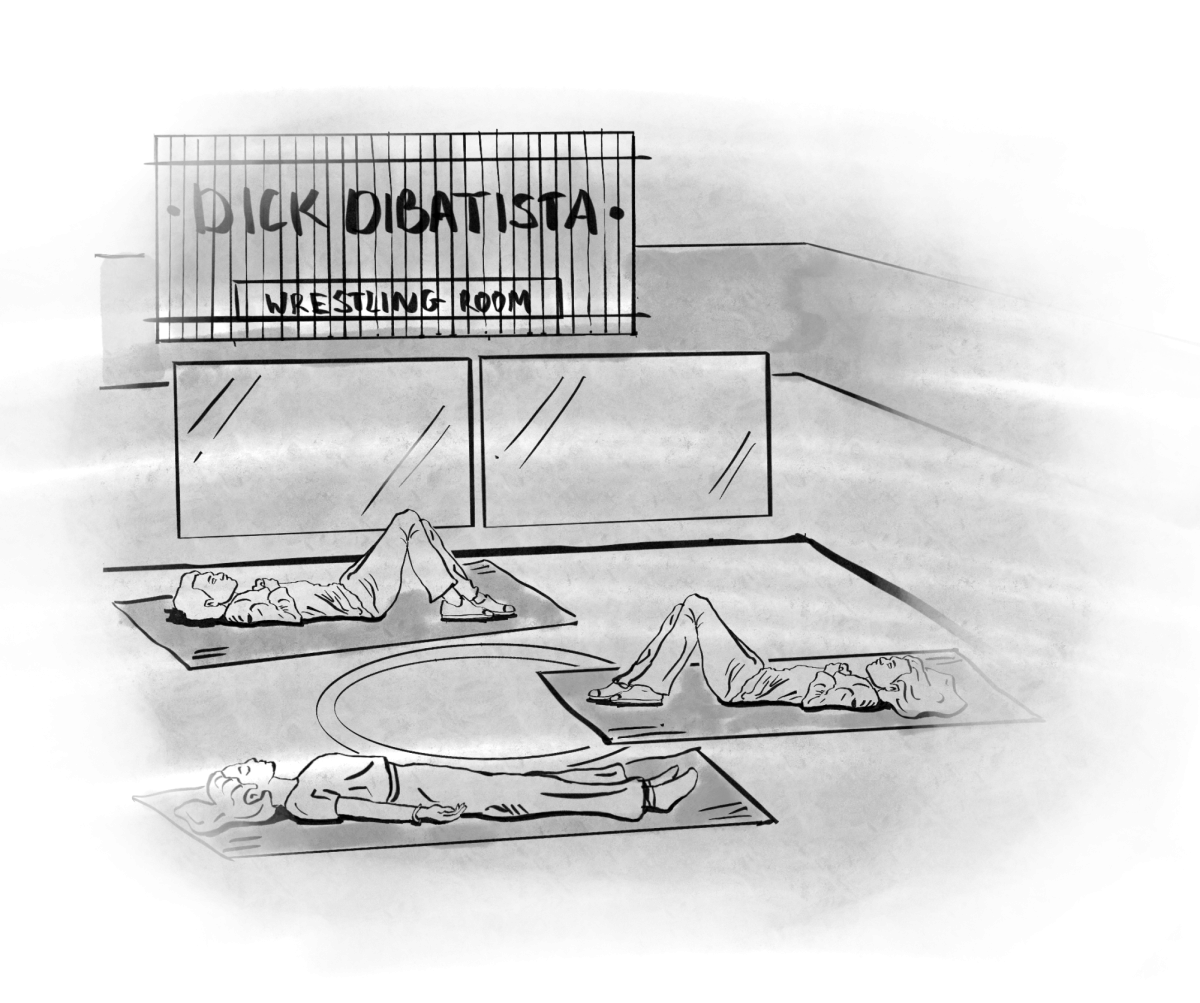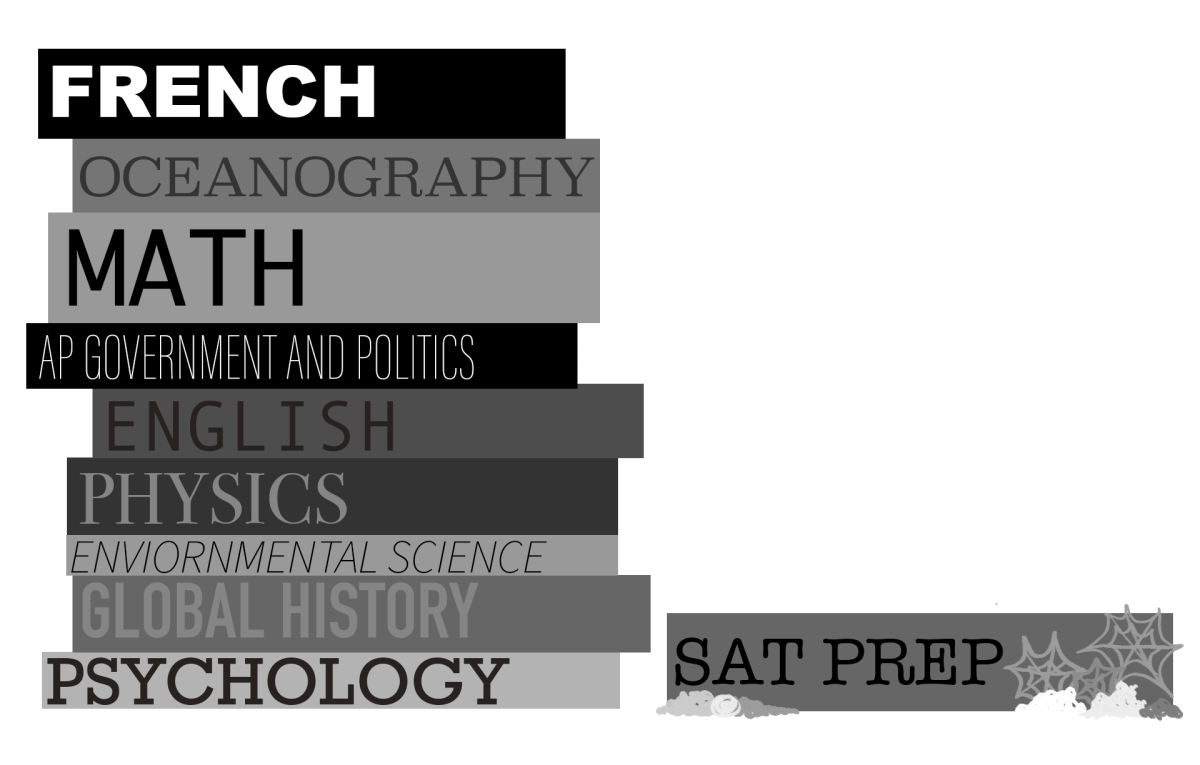The elections are over! After the election of 2021, the state government began the process of redrawing all of the districts in Pennsylvania. . Every decade, a census is taken to determine which areas of the state are more populated. Using the data from the census, it is much easier to draw fair and even districts. Pennsylvania is a perpetual swing state, with seventeen seats in the 2022 election, so drawing fair districts in the state is particularly important.
Despite the fact that the purpose of drawing districts is to create fairer elections, the current map is biased towards the Republican party. According to the Cook Political Report, a non-partisan newsletter, Republicans have possessed an unfair advantage in redistricting for a long time. This debate has been brought to light recently. According to centerforpolitics.org, while in the 1990s the edge that the party had was two to three percent, now it is over six percent. In close elections, this can have a major impact. In 2012, Democrats won the popular vote by 1% over republicans. However, Republicans still walked away with a 33 seat majority. In 2016, using the same map, republicans won the popular vote by the same margin but achieved a 47 seat majority. After winning the last election for the house of representatives, by 3%, Democrats only have an 8 seat majority, one of the smallest majorities in American history. This means that if Democrats won by the same margin, but redistricting causes a few formerly democratic leaning seats to become Republican leaning, they could end up losing if there was a sizable change due to redistricting.
One element of redistricting is down-ballot races. Down ballot races are races that are for more local issues. These are usually placed lower on the ballot, while an election for president would be at the top. This has occurred in the Pennsylvania state senate and general assembly, where Republicans have been able to lock themselves into power. In 2018, Democrats won the popular vote in a 55-44 percent landslide. However, Republicans kept their majority of 110-93 in the seat count. This presents a circular feedback loop. Republicans win or lose elections in the popular vote, yet still, hang on to majorities. They then can redistrict their seats into power. This ensures that for the next decade they will maintain power. Additionally, state legislatures have control over redistricting for their states at the federal level, further enhancing their party’s advantage.
Gerrymandering is the idea of drawing districts differently based on the population that lives there. Recently, republicans have been under fire in multiple states for accusations of partisan and racial gerrymandering. However, republicans are not the only ones who gerrymander. In states such as New York and California, there have been episodes of gerrymandering within the Democratic party. Democrats however have been locked out of gerrymandering for most of its history. Pennsylvania has been a Republican leaning state since the foundation of the Republican party in the 1850’s, and hasn’t had full control (with the state assembly, state senate, and governor) which is needed to gerrymander fully since 1993. Since 1993 in fact, there have been 12 years of Republican control, compared to that lone year of Democratic control. Even more astonishing, Democrats didn’t even try to compete in the state until the late 20th century, and this means that 1993 was the sole year of Democratic control in Pennsylvania ever. And because maps are redrawn every decade, that lone year of Democratic control did not lead to any gerrymandering.
Voters in California recently enacted a non-partisan commission that will redistrict seats, not for the benefit of any party. It will be made up of a commission of citizens from around California, just as a hypothetical one here would include citizens from around Pennsylvania. In Pennsylvania, these would be greatly beneficial to the political climate, ensuring that 45 percent of the vote is not stronger than 55 percent. After all, there has recently been a map that had been gerrymandered. The map that was drawn up by Republicans in 2010 was thrown out by the conservative-dominated Supreme Court threw out Pennsylvania’s Republican drawn map in 2018, which they ruled had “clearly, plainly and palpably” violated the state’s constitution. In California meanwhile, their currently gerrymandered map is going to be changed by their non-partisan commission, which the legislature will be unable to change to gerrymander. People in LM are represented by the 4th and 5th districts, both gerrymandered, and both heavily Democratic. There are already plans to pack even more Democrats into these districts, while making surrounding areas such as the 6th district more Republican. For voices of all to be heard, there must be competitive races. Political races must be fair and this means the creation of systems such as those in California or Michigan. This is needed so that voters can choose their representatives, rather than the representatives choosing their voters.





